Hi @richardwestenra,
With PHP placed within the HTML part of a header.php file, to the best of my understanding, this could be done.
First I would assure the $_SERVER['HTTP_USER_AGENT'] is not null, and once it passed that , I would have a second IF for a word in the user_agent: ( strpos ($_SERVER['HTTP_SEC_CH_UA'], 'Google' ).
The below code is how I'm going to implement it, hoping for it to work:
<?php if($_SERVER['HTTP_USER_AGENT'] != null) : ?>
<?php if (strlen(strstr($_SERVER['HTTP_USER_AGENT'],"Googlebot")) > 0 ) : ?>
<meta property="og:image" itemprop="image" content="https://currenge.com/wp-content/uploads/2019/10/favicon_512_512_png.png" />
<meta property="og:image:width" content="512" />
<meta property="og:image:height" content="512" />
<meta property="og:image:type" content="image/png" />
<meta property="og:image:secure_url" itemprop="image" content="https://currenge.com/wp-content/uploads/2019/10/favicon_512_512_png.png" />
<meta property="og:image:secure_url:width" content="512" />
<meta property="og:image:secure_url:height" content="512" />
<meta property="og:image:secure_url:type" content="image/png" />
<?php else : ?>
<meta property="og:image" itemprop="image" content="https://currenge.com/wp-content/uploads/2019/10/favicon_1200_628_png.png" />
<meta property="og:image:width" content="1200" />
<meta property="og:image:height" content="628" />
<meta property="og:image:type" content="image/png" />
<meta property="og:image:secure_url" itemprop="image" content="https://currenge.com/wp-content/uploads/2019/10/favicon_1200_628_png.png" />
<meta property="og:image:secure_url:width" content="1200" />
<meta property="og:image:secure_url:height" content="628" />
<meta property="og:image:secure_url:type" content="image/png" />
<?php endif; ?>
<?php endif; ?>
May I ask , what would you guys say regarding the above possible solution?

